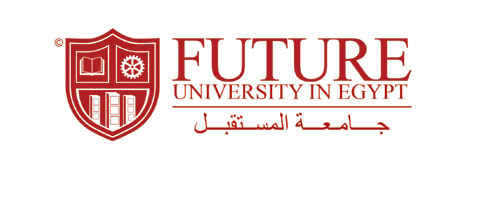- Course Code :
CONS 413
- Level :
Undergraduate
- Course Hours :
2.00
Hours
- Department :
Faculty of Oral & Dental Medicine
Instructor information :
Area of Study :
• This is the second in a series of three courses that are designed to teach the etiology , diagnosis , treatment and prevention of the disease , dental caries and its sequelae , developmental , disturbances , and regressive alterations that can occur to the teeth.
• He aim of this course is to present the general information necessary to understand the fundamentals of the clinical course of operative dentistry :
a- To enable the student to understand and apply the basic clinical principles of operative dentistry that constitutes the main demands of the daily practice which includes different patients management during and after the treatment ( patient reception , examination , diagnosis , treatment planning , infection control , moisture control and control of pain ).
b- To enable the student to understand princip;es of caries control and management .
c- To enable the student to be familiar with the available restorative material and their selection .
d- To enable the student to apply the gained information about the available restorative materials clinically
For further information :
understanding patient assessment, examination, diagnosis and treatment planning. Sterilization and infection control. Moisture control. Managment of deep caries and esthetic restoration of posterior teeth. Control of pain, temporary restorations, and health hazards.
For further information :
